‘Rise of Nation’: Liberation War through the ‘eyes’ of refugees at Raghu Rai’s exhibition

Stranger to none, Indian photojournalist and member of the prestigious Magnum Photos, Raghu Rai has been a notable figure in the documentation of the Liberation War of Bangladesh. On May 5 this year, "Rise of Nation"-- an exhibition featuring both released and unreleased photos of the artiste commenced in the capital's Zainul Gallery, situated at the Faculty of Fine Arts in the University of Dhaka.

The exhibition, arranged on the 75th anniversary of the Faculty of Fine Art, University of Dhaka, in collaboration with the Durjoy Bangladesh Foundation (DBF), is curated by artist Zihan Karim. Rai is renowned for his extensive documentation of India's socio-political landscape, capturing moments of historical significance. His work has been featured in prominent publications worldwide, and he has published several photography books.


Rai's photographs of 1971 are evocative, taken in and around the Sharanarthi Shibir (refugee camp). During the War, the photojournalist walked alongside the Muktibahini and the Indian forces, capturing the ebb and flow of the war and the sufferings. Rai's evocative photographs from 1971 transport viewers to the heart of the Liberation War, capturing the poignant realities within and around the refugee camps.

The exhibition's layout, with its striking black backlit backdrop, artfully places Rai's photographs at the forefront, inviting contemplation. Divided into two rooms, the circular arrangement of photographs in the first room, accompanied by ambient audio, immerses visitors in the raw emotions captured by Rai's lens. Each framed image, larger than life, commands attention, supplemented by poignant captions offering contextual depth.



One such display was a series of photographs, that have been displayed in the structure of Hume pipes, that show real-life people taking shelter in it. In weathers cold or hot, these Hume pipes served as shelters to numerous Bangladeshi refugees, who escaped to India to survive the War.

From a photography standpoint, Rai's photographs on display lay a testament to his captures of sorrow with central attention on the eyes of his subjects. One of his most famous photos, a teary-eyed older female refugee, sets the tone for his distinct style of photography. Even while photographing the transition of a nation, Rai focused on the humanity of it. His photos feature close looks at his subjects, often focusing on their faces, skin, and notably eyes. Every photo that has been displayed at the exhibition, while retaining the helpless tone of the refugees, also manages to capture the hope and the dream of a free nation.

Moreover, along with both published and unpublished photographs, the exhibition also had a few installation arts, that featured wood-carved book pages, with testaments of the War from notable figures like Dilara Begum Jolly and Shahbuddin Ahmed.

While there was a steady stream of university students and young visitors strolling around the exhibit, there were also a few heads of grey hair in the midst. While speaking to The Daily Star, one elderly visitor commented, " When I walk and see photos of the War, it brings back memories. It reminds me of the dreams we had, what we had gone through". He also presented the discourse of how the generations perceive the war, illustrating the differences between the ones who had experienced it firsthand, in comparison to the ones seeing it portrayed in art and photography.


In a world marked by ongoing conflicts and humanitarian crises, Rai's exhibition serves as a poignant reminder of the multifaceted narratives surrounding war and resilience. By humanizing survivors and fostering dialogue, Rai's photographs transcend victimhood, prompting essential reflections on historical legacies and contemporary challenges.

The exhibition will continue until May 19 from 11am to 8pm, inviting further contemplation and dialogue on the enduring impact of the Bangladesh Liberation War.
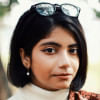
 For all latest news, follow The Daily Star's Google News channel.
For all latest news, follow The Daily Star's Google News channel. 


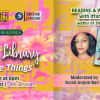

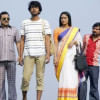
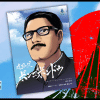

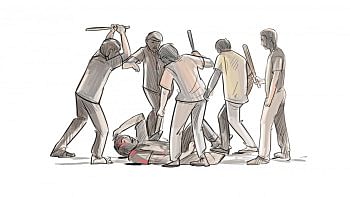
Comments